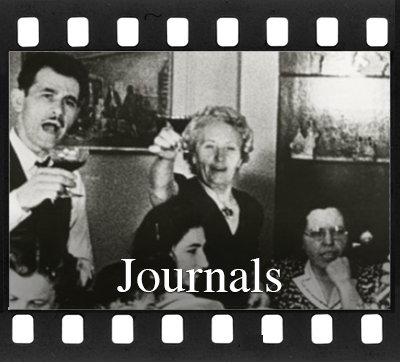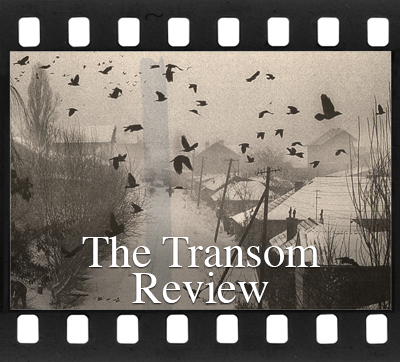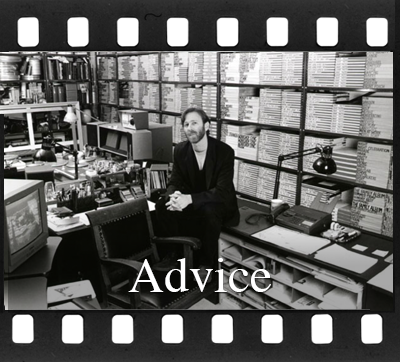Ice Fishing & Skyways
The first thing that struck me was the skyways. The idea that you could walk from one part of the city to another without ever going outside. An entire geography hidden from plain sight. A secret highway. An alternate system of addresses, meeting places and hang outs. A shopping mall the shape and size of a city. Carpeted and climate controlled.
Now I’ve been to Alaska. It’s cold in Alaska too. But I don’t remember seeing any skyways there. What is it about the twin cities -- the people, the culture, the city planners -- what is it about Minnesota weather – that has created the brilliant solution of the skyways as a way of avoiding the cold? The tunnel-like walk-bridges that span across the city streets remind me of the modular passage-ways you see in pictures of space stations. That’s it! Minneapolis’ skyway system is the prototype for a space station. Come to think of it, no wonder the eighth wonder of the world -- the Mall of America -- is a product of Minnesota; look what it had to bigger, busier and better than.
But I’d rather talk about ice fishing. I remember telling my hosts that I wanted an authentic ice-fishing experience, so off we went for a day of standing on a frozen lake in the freezing cold waiting for a fish to make it all worthwhile. Taking turns, we used a hand augur to cut through more than a foot of solid ice. Fishing is supposed to be meditative and soothing; it’s not supposed to be an aerobic exercise. As we stood around hoping for signs of life from beneath the depths of our small black fishing hole, I heard an electric buzz coming from a few small huts across the lake. “Ice houses” I was told.
There’s only one way to see what’s inside an ice-house and the New Yorker in me knew just what to do. Walk over, knock on the door, introduce myself and ask to look inside. Besides, walking across the surreal white and gray moonscape of Lake Calhoun was also a way of distracting myself from the bitter cold. (I never told anyone that I forgot to wear long my underwear that day).
I had no idea what I would find inside the rugged comfort of a small room constructed out on the middle of a lake. Friendly folks. Kerosene heaters. Six packs of beer. Small chairs. Miniature television sets. Food. And a perfect circular hole at their feet, exquisitely drilled by a motorized augur. Not only that, but they actually had caught some fish! That’s how I came to know and appreciate “indoor fishing.”
By the time I got back to my friends at our old fishing hole, they were cold, hungry, thirsty, tired of standing and above all, had no fish to show for it. I’m not sure what skyways and ice-houses say about the inventive spirit of Minnesota, but the New Yorker in me felt great once I got in out of the cold.
Alan Berliner has achieved recognition as one of the leading independent filmmakers working today. The New York Times has described Berliner's work as "powerful, compelling and bittersweet... full of juicy conflict and contradiction, innovative in their cinematic technique, unpredictable in their structures... Alan Berliner illustrates the power of fine art to transform life." He has received three Emmy Awards from the National Academy of Television Arts and Sciences and was also the recipient of a Distinguished Achievement Award from the International Documentary Association. His experimental documentary films, NOBODY’S BUSINESS (1996), INTIMATE STRANGER (1991), and THE FAMILY ALBUM (1986), have been broadcast all over the world, and have received awards and prizes at many major international film festivals. Berliner was born in Brooklyn, raised in Queens and lives in Manhattan. He is also currently a faculty member at the New School for Social Research in New York City, where he teaches a course entitled, "Experiments in Time, Light and Motion."
- ◻ Gathering Stones
- ◻ PATIENCE & PASSION
- ◻ TOP TEN FILMS (IDFA)
- ◻ WIDE AWAKE DIRECTOR'S STATEMENT
- ◻ LIKE MY FATHER BEFORE ME
- ◻ MAN WITH A MOVIE CAMERA
- ✓ ICE FISHING AND SKYWAYS
- ◻ OUTSIDE LOOKING IN
- ◻ ROCKEFELLER FOUNDATION 20TH ANNIVERSARY
- ◻ WHY Alan Berliner WATCHES HIS FILMS WITH AN AUDIENCE EVERY CHANCE HE GETS











